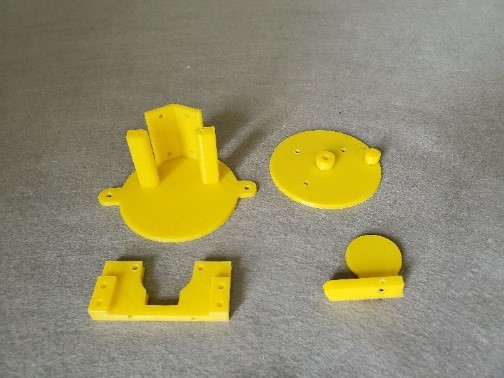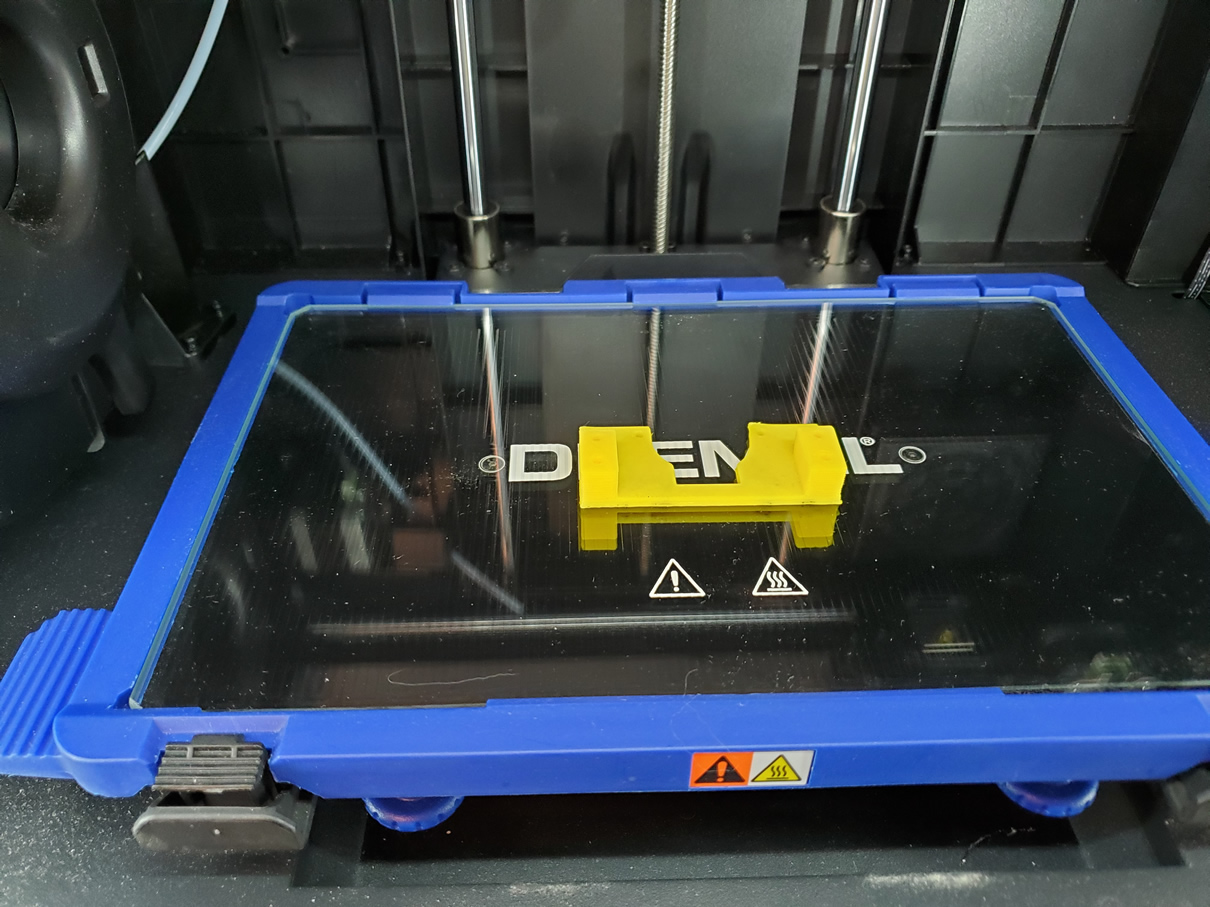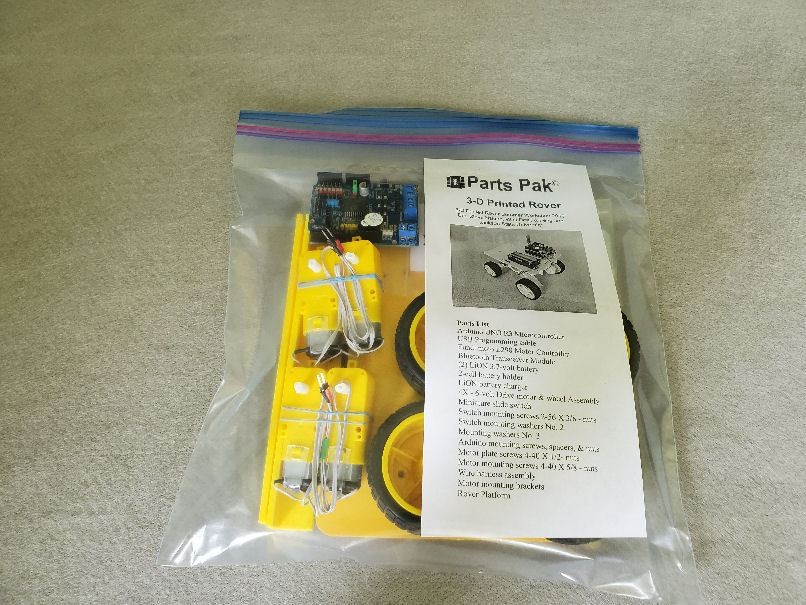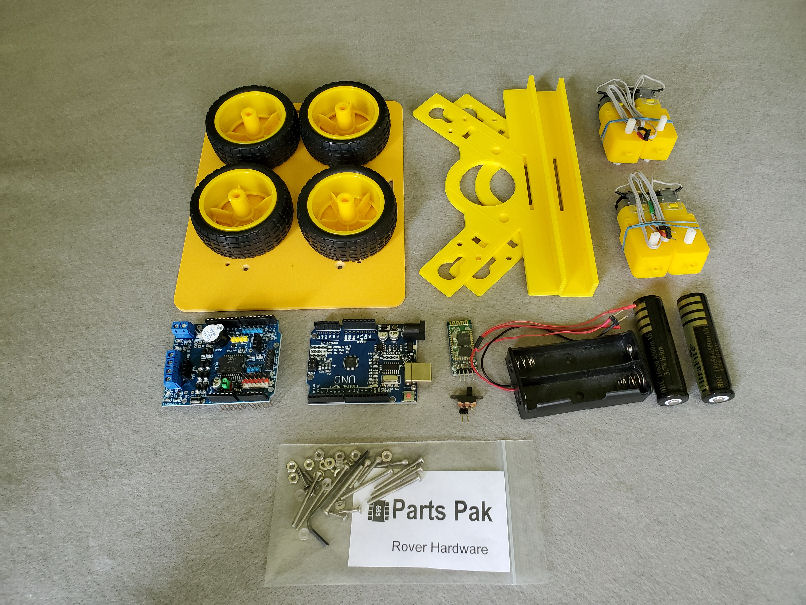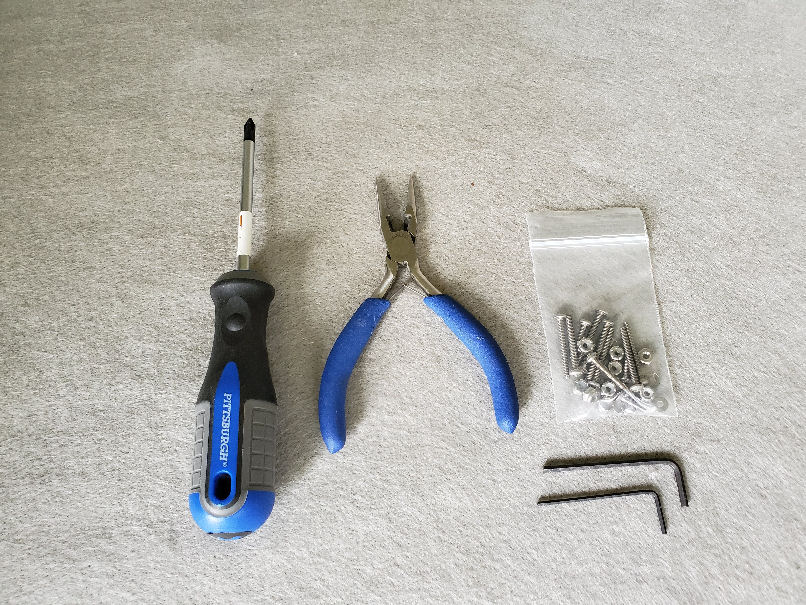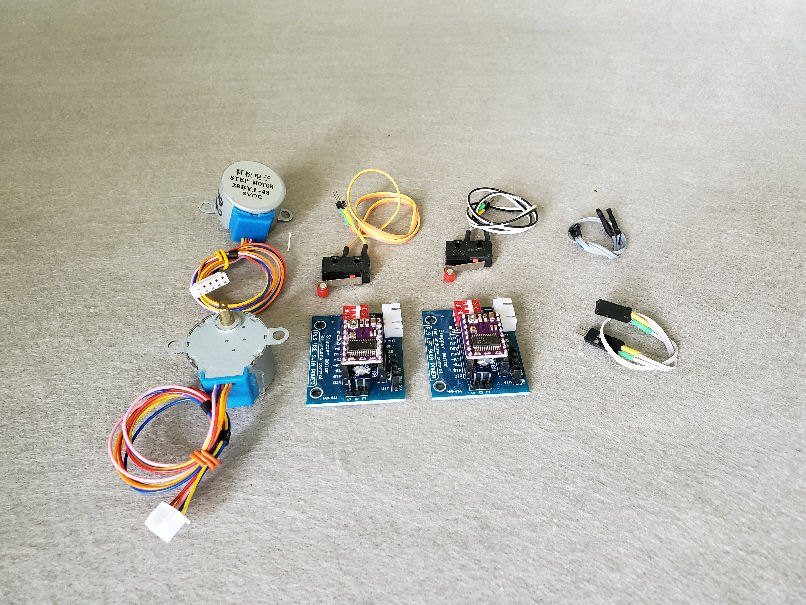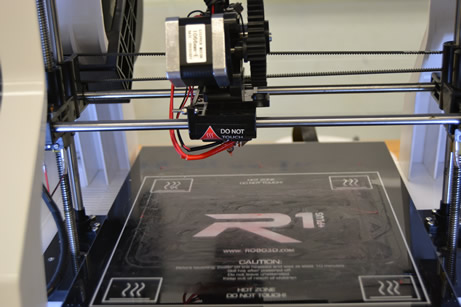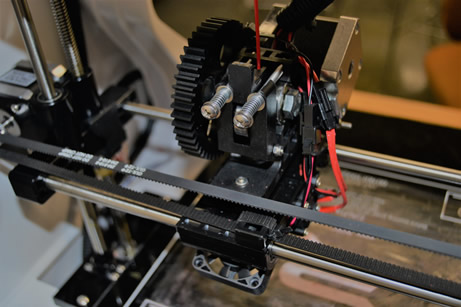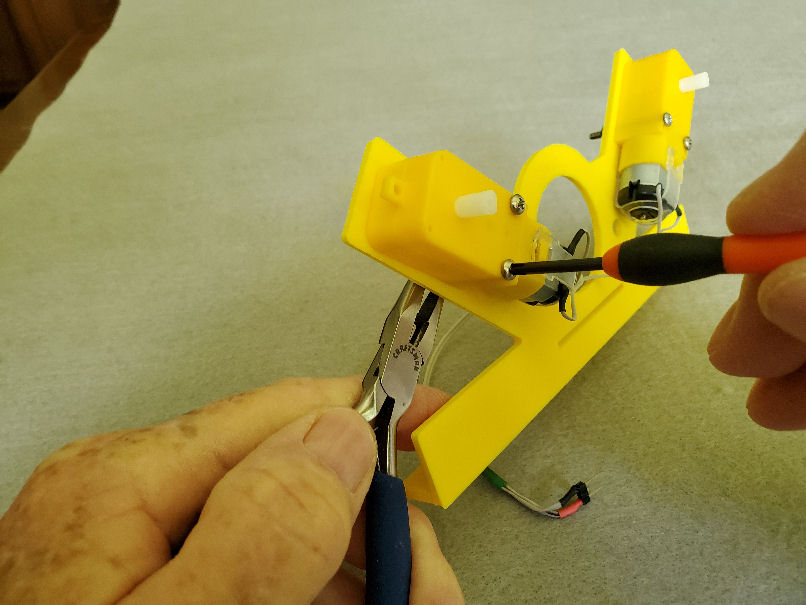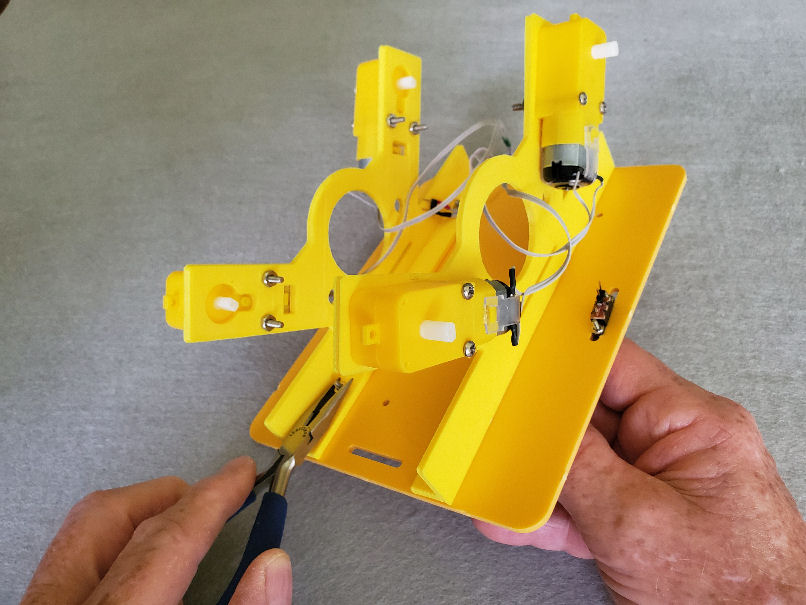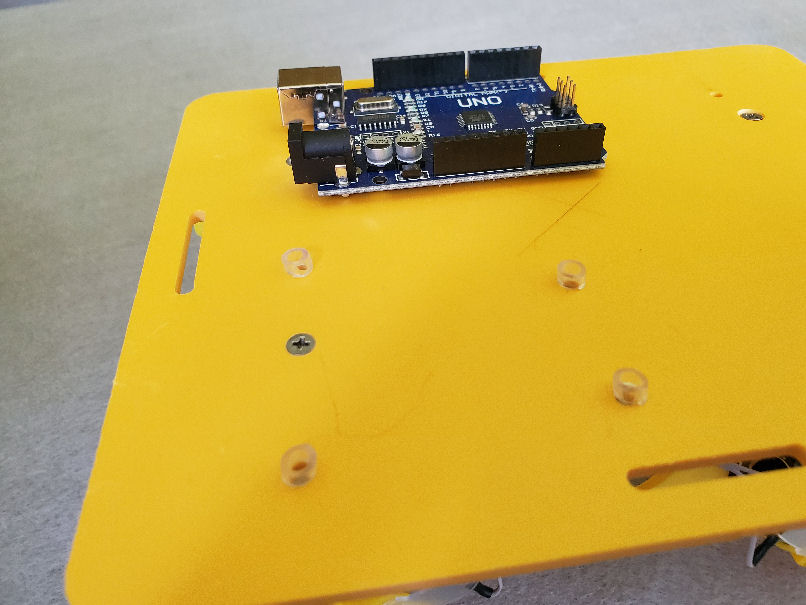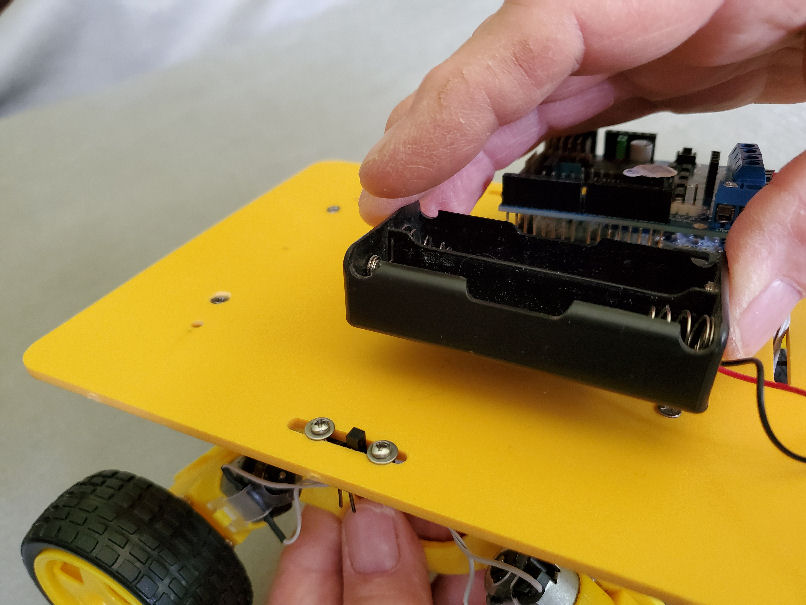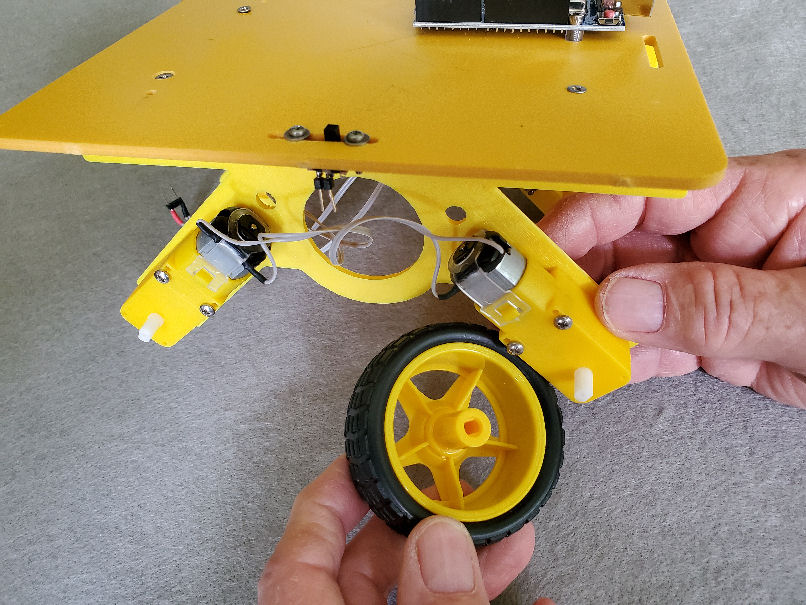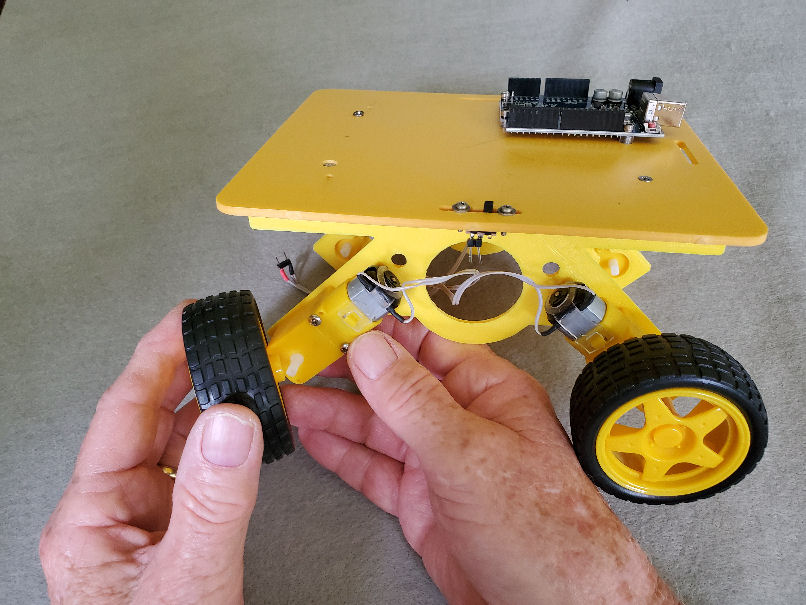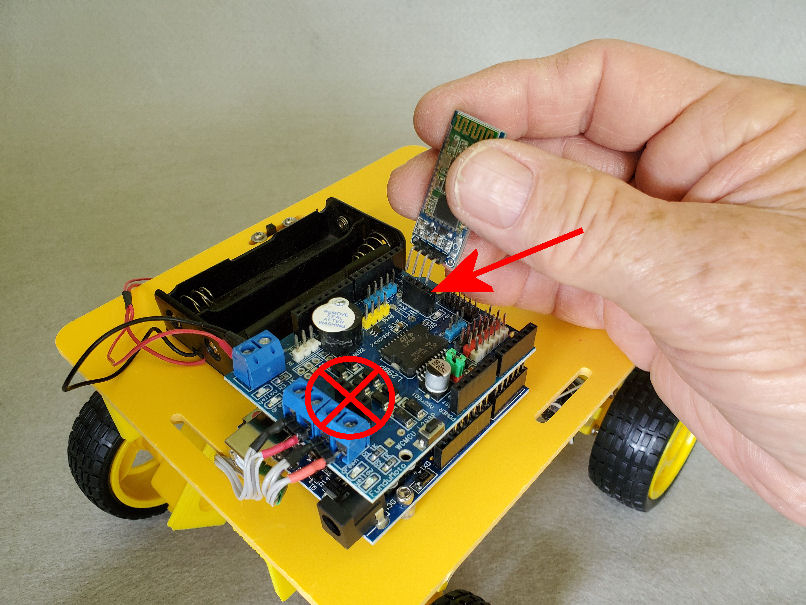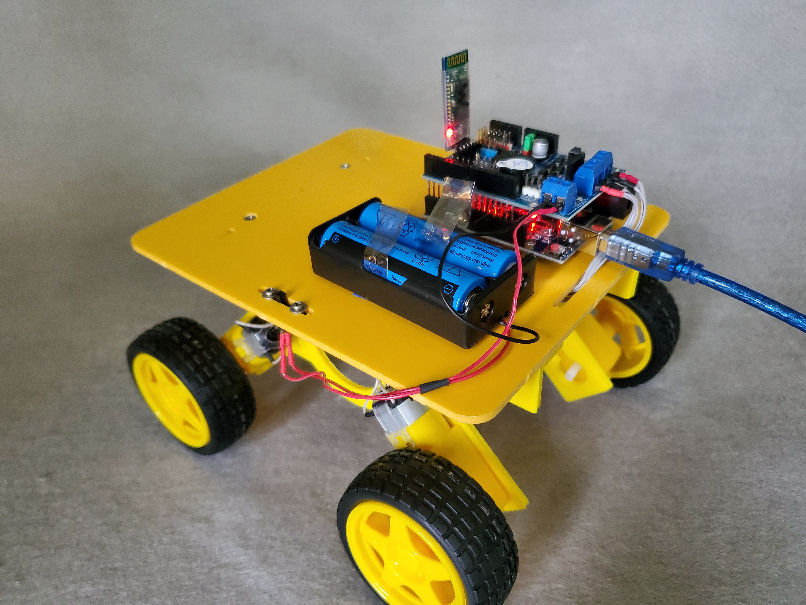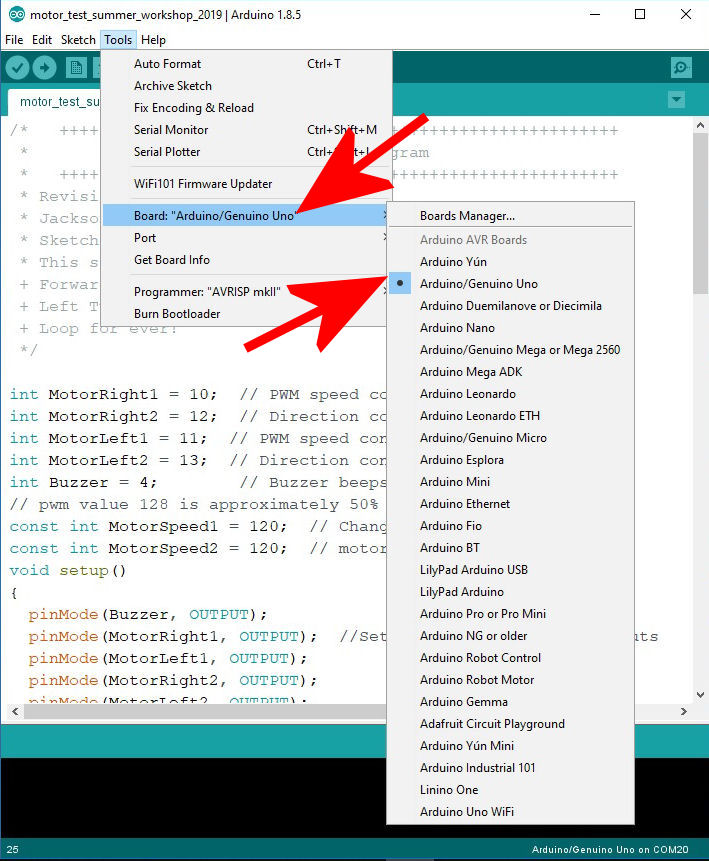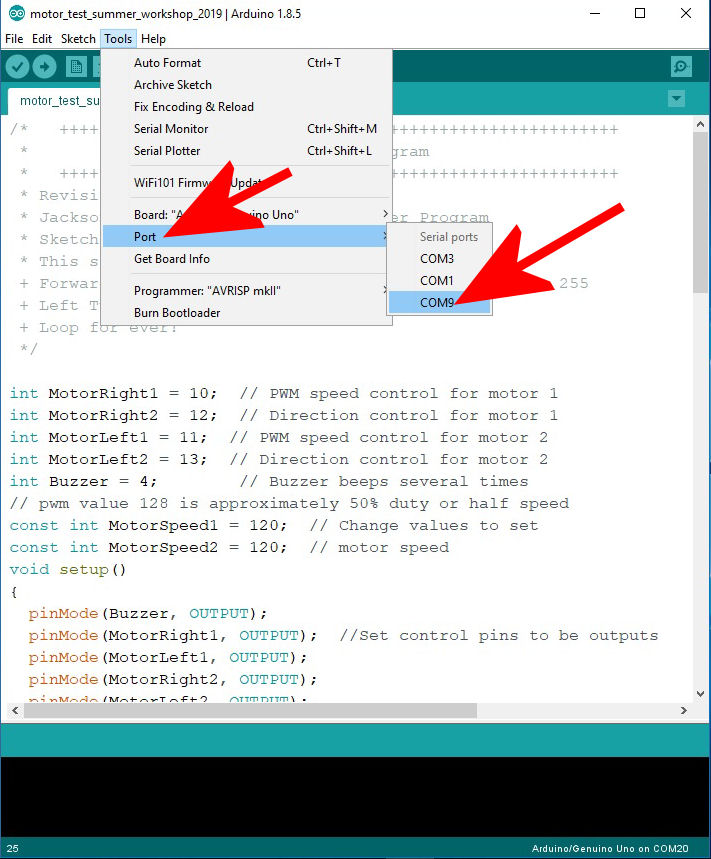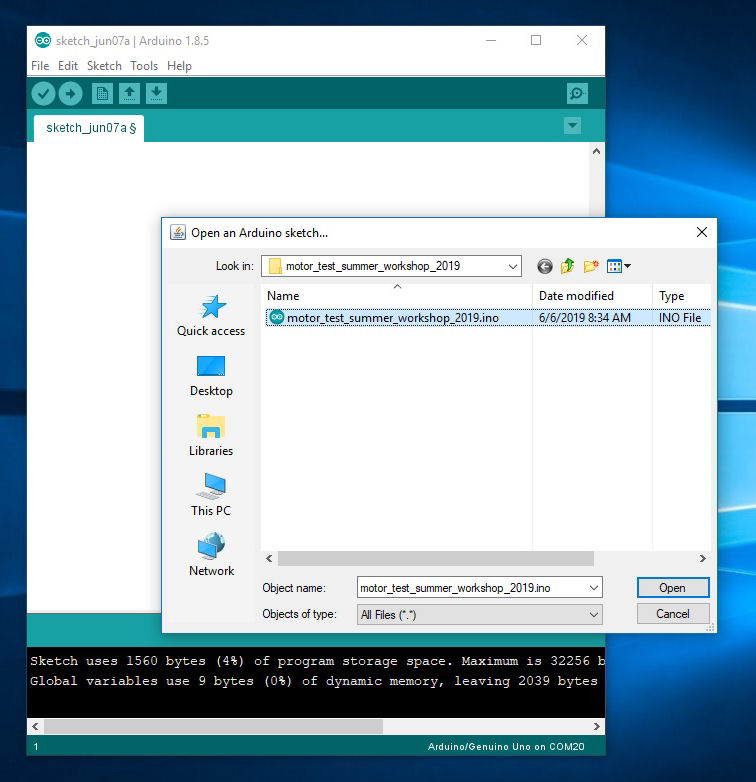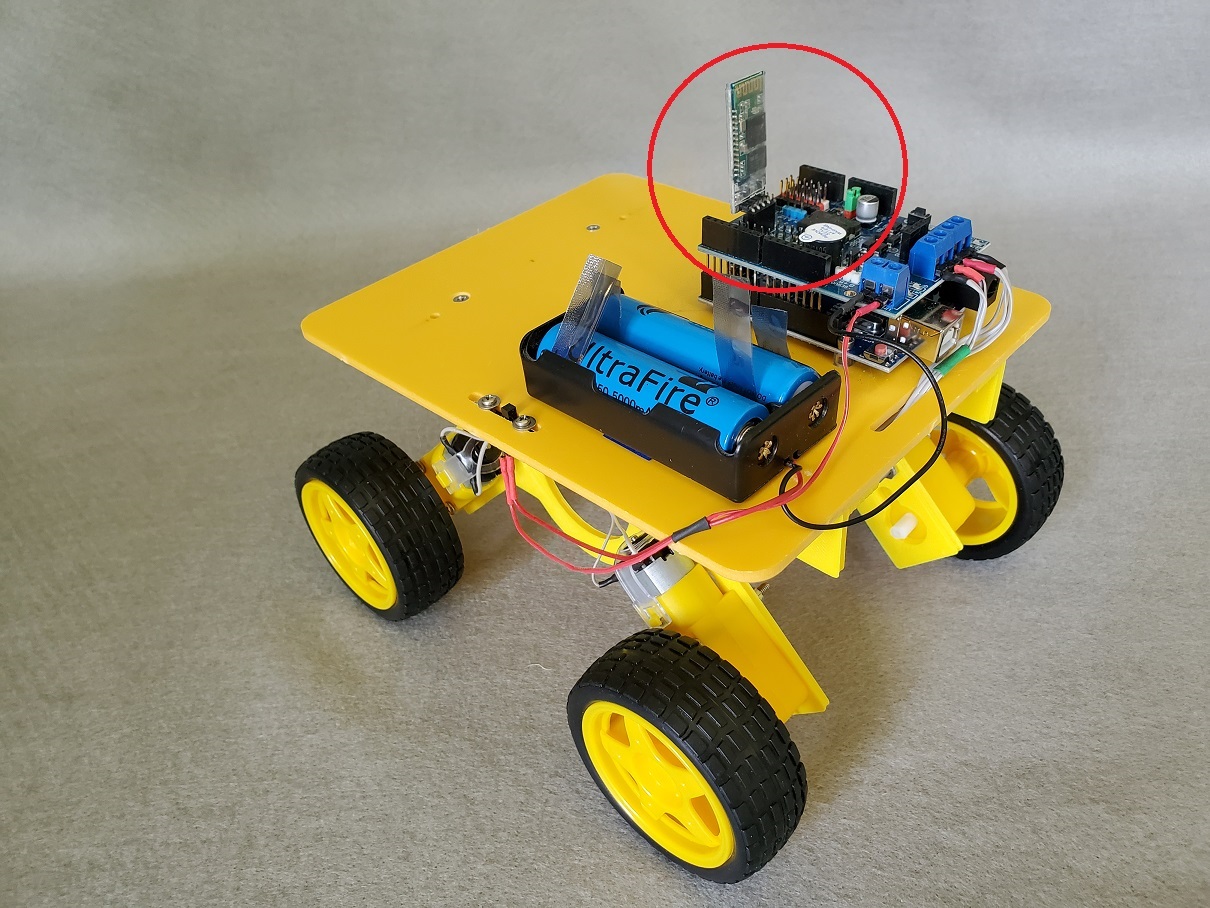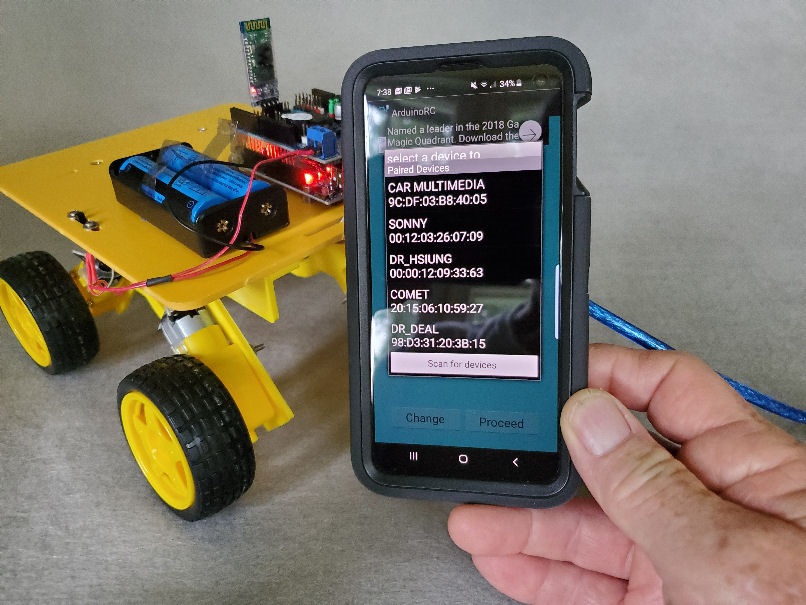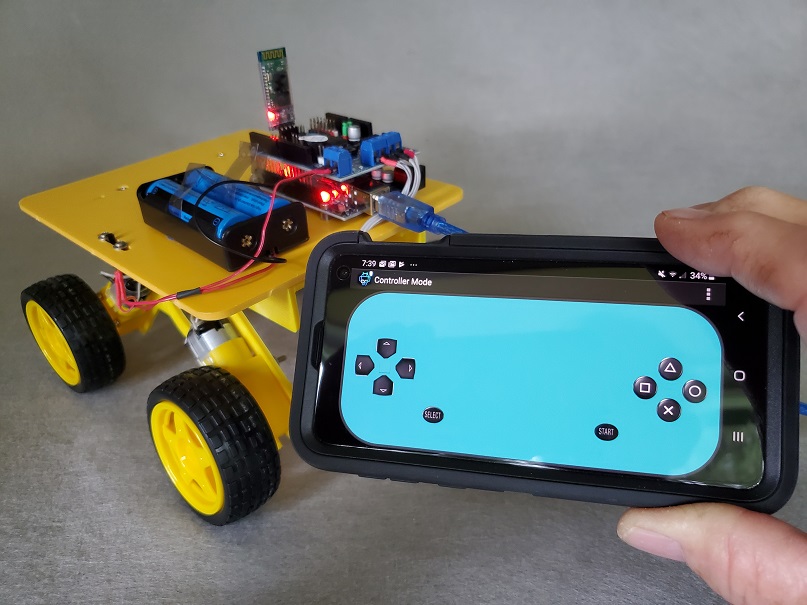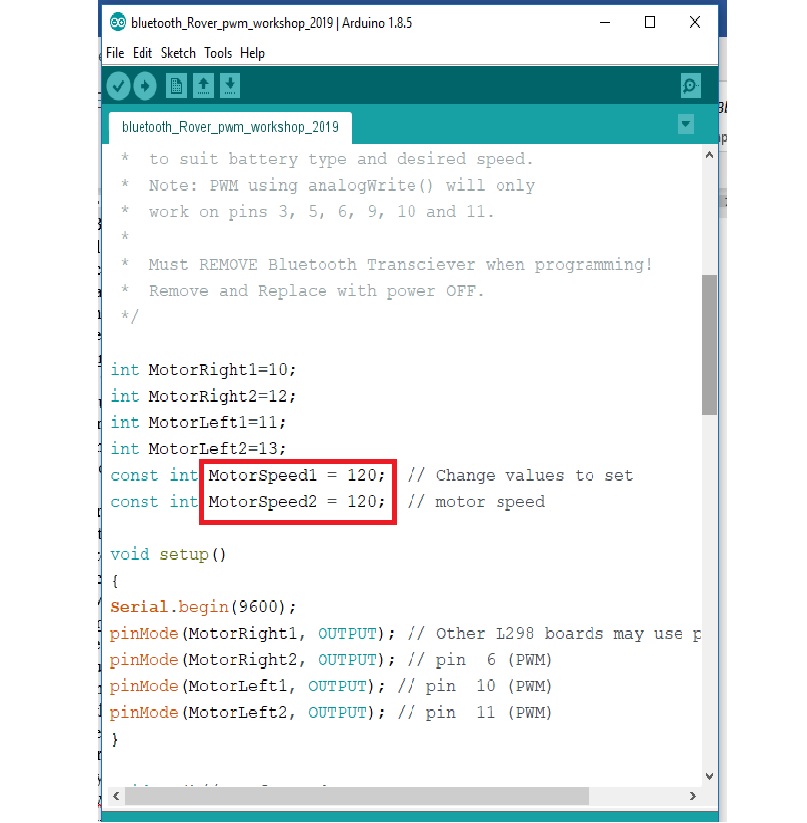Outreach Project
MARRS Summer Workshop at Jackson State University (JSU)
Project PI: Dr. Mehri Fadavi, Professor(JSU)
Workshop Conductor: Dr. Walter Deal, Emeriti Associate Professor(ODU)
Dr. Steve Hsiung, Professor(ODU)
Dr. Feng Jao, Associate Professor(ONU)
There is significant interest in STEM and STEM-related teaching, learning, and career opportunities. Science, technology, engineering, and mathematics are fundamental to the technological field called mechatronics. Mechatronics integrates engineering principles and methods with the fields of mechanical and electrical engineering and computer programming in prototype designs of technical products that used in our daily live.There is significant interest in STEM and STEM-related teaching, learning, and career opportunities. Science, technology, engineering, and mathematics are fundamental to the technological field called mechatronics. Mechatronics integrates engineering principles and methods with the fields of mechanical and electrical engineering and computer programming in prototype designs of technical products that used in our daily live.
The Jackson State University MAARS 3D Printing and Rover design project is directed toward the explorations with a 3D printer, electronic controls, and computer programming to print, assemble, and program a Robot Rover to be operated via remote control televised video-assisted operation.
The followings are detail descriptions of CAD designs, 3D printing mechanical parts, assembling and connecting electronic components, and programming an Arduino microcontroller development board. Special skills gained include understanding the 3D design and printing processes, working with electrical and electronic circuits, developing C+ like programming skills. The purposes of the workshop are directed toward activities that enhance STEM educational endeavors and provide insights and awareness of technical careers in mathematics, science, technology, engineering and related careers.
To access workshop PowerPoint file, please click here to download the file
3D Files
3D Production Files for Rover
Multi-Axis Camera
Files for Multi-Axis Camera
Arduino
Arduino Sample Programs
Assembly
Rover Robot Assembly
3D Printer
Preparing the 3D Printer
Rover Chassis
Assembling the Rover Chassis
Connect All
Connect and Program Arduino
Camera Setup
Install APP and setup Camera
Rover
Summary
The programming of the Arduino UNO is the standard procedure typical in programming the Arduino boards and other microcontrollers using and integrated development system (IDE). It is important to note that the Arduino uses serial port for communication between a computer and the Arduino UNO board for a programming connection. This process also uses the power from of the USB port of the computer to power the Arduino. When the Arduino is connected to a USB port the battery supply to the Rover should be disconnected before programming the Arduino.
The Bluetooth module uses the same serial com port for connecting and programming the Arduino communication processes, so they cannot coexist – remove the Bluetooth module when programming! The other notes are the battery and connector polarity and com port Rx & Tx connections must be correctly followed to prevent any damage to the modules. Look at the photo example closely!
The gear motor assembly pairs are wired together as a “left drive” and “right drive.” When the Rover is signaled to move in a forward direction, both the right and left motor assemblies should turn in the same direction. If they do not, the solution is to reverse the one of the motor connectors Arduino motor driver board.
Looking Ahead
The 3D Rover Robot opens up a wide range of future experiments and activities in the engineering and STEM fields. Problem solving, mathematical and critical thinking skills are challenged through the design and development of 3D printed models and programming in a C-like programming language.
The building and programming the Rover Robot models provide insights into the kinds of skills and knowledge used in technical fields in developing prototypes using leading-edge production and electronic technologies. There is considerable interest in robot, wireless communication, autonomous technologies for industrial, military, and consumer applications. Education and study related to these fields require strong mathematical and science backgrounds. Activities such as the Rover project may stimulate interest and encouragement for young women and minorities to investigate careers in engineering and science in military and civilian areas.
